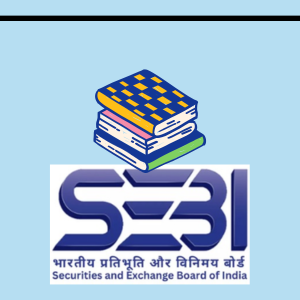
In today’s virtual world, most recruiters tend to check the applicant’s social media, especially LinkedIn, as part of the recruitment process. A properly tailored LinkedIn profile that looks professional speaks volumes about the candidate and gives the recruiter additional insights that may not be apparent from the CV. In light of this, spending quality time in shaping and developing one’s LinkedIn profile has become imperative for serious candidates applying for internships and jobs.
However, LinkedIn, unlike other popular social media platforms, warrants a certain degree if strategy and expertise. Doing it right is likely to earn you brownie points in your application. On the contrary, recruiters have also been known to reject applications owing to shabby, incomplete or juvenile LinkedIn profiles.
In this article, Team YLCC aims at highlighting the most common mistakes that individuals usually commit with their LinkedIn profiles. Read on!
Absence of A Profile Photo
Not keeping a profile photo is the biggest blunder some people make on LinkedIn.
In a world of commerce now ruled by digital interactions, your profile photo is a chance to remind people that there is a living, breathing human being behind your online persona. Statistics show that LinkedIn members with a photo receive far more engagement: 21 times more profile views and 9 times more connection requests.
Not Having A Professional Profile Photo
Simply having a profile photo is not enough.
Contrary to other platforms, LinkedIn requires that your profile photo is professional. This usually means a strict no-no for casual and leisure photos. Instead, you should be in a formal attire and posture with a formal background to make a good impression.
Not Having A Profile Banner
If you have your own brand or company or own freelancing practice, a stand-out LinkedIn banner will make your profile look more attractive and more professional.
Your LinkedIn profile banner image is also the perfect place to let people know how to contact you. Include your email, phone number, and website. That way, if potential clients want to get in touch they can do so without hassle.
Not Personalising URL
Your default LinkedIn URL is long and full of numbers and other characters, which is not very user friendly or easily shared with your network. The main point of LinkedIn is giving others the ability to quickly and easily find and connect with you.
Having a custom LinkedIn URL also helps with SEO on major search engines such as Google and Bing. Setting up a custom URL requires turning on your LinkedIn public profile – this is what search engines scan – which helps you to be found organically.
- On the right side of your profile page, click Edit public profile & URL. This will launch a new tab.
- On the right side of the new page, you’ll see your current URL listed under Edit your custom URL.
- Beside your current URL, click the Edit icon, which looks like a pencil.
- Type a new URL in the box, and click Save to confirm your changes. LinkedIn will alert you if your selected handle is not available, or if you need to choose a new one. When your new URL is confirmed, LinkedIn will display a message saying so.
Having An Incomplete Headline
As a general rule, you should pay the most attention to those parts of your LinkedIn page that are likely to come under a hiring manager or potential employer’s closest scrutiny. In light of that, you should be sure to pay extra careful attention to your LinkedIn headline. This is primarily because your headline is likely to be the first bit of information that a hiring manager or recruiter on your LinkedIn page is going to read, and it provides you with the perfect opportunity to summarize your work experience, skills, and background in a succinct and eye-catching manner. When you’ve crafted a high-quality LinkedIn headline, you’ll make it that much more likely that a hiring manager will also be interested in viewing your resume and cover letter.
Not Having Enough Recommendations
LinkedIn recommendations are essentially a form of employment references. They let people know that other professionals valued your contributions, witnessed an accomplishment, or are willing to put their name behind yours. Recommendations can significantly boost your profile. It lets hiring managers learn a bit about what you bring to the table from those who’ve worked with you, and that’s incredibly valuable to them.
Incomplete Information
When you are shaping your profile, make sure it has the complete information in all aspects. Incomplete information shows a lack of sincerity as many recruiters consider your LinkedIn profile to be equivalent to a Virtual CV.
Not Having Contact Information
This is another common mistake where people often do not provide proper complete contact information. If you are a freelancer or a candidate, recruiters may choose to get in touch with you directly via call or via email. Therefore, if the adequate details are not there on your profile, you are likely to lose out on opportunities.
We hope these guidelines will help you to build an impactful LinkedIn profile, boosting your career prospects and take you to new heights. All the best!
YLCC would like to thank Riya Gupta for her valuable insights in this article.







